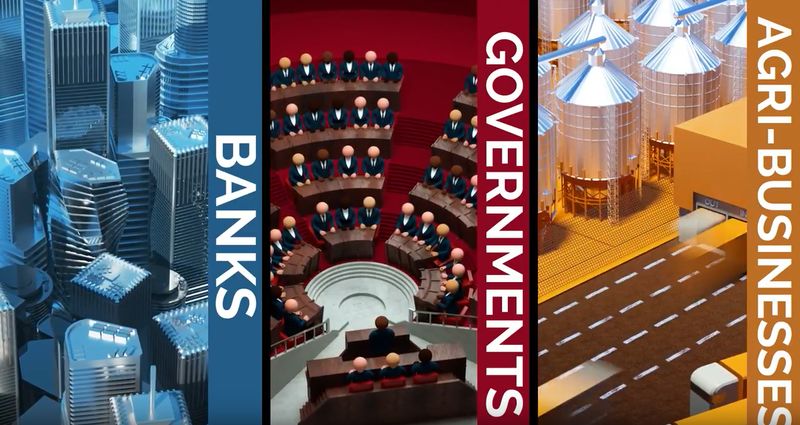
By combining the capabilities of banks, governments and agri-businesses through blended finance instruments UN Environment and partners, have set out to overcome this hurdle and trigger a transformational shift to save forests, restore landscapes, create jobs and transition to climate smart agriculture.
Forests and agriculture hold more than 30 per cent of the solution to the climate crisis but receive less than 3 per cent of climate finance. While forests with their capacity to absorb and store greenhouse gases are key in the fight against climate change we lose them at a shocking equivalent of 26 football fields every minute – mostly driven by agriculture. The solution is self-evident, to feed a growing population and stop catastrophic climate change at the same time it is critical that we transition to sustainable, deforestation-free agriculture. However, the path has been obstructed by prohibitive cost and financial risk for lenders and investors when financing this transition.
By combining the capabilities of banks, governments and agri-businesses through blended finance instruments UN Environment and partners, such as Rabobank and BNP Paribas, have now set out to overcome this hurdle and trigger a transformational shift in unlocking and scaling up private finance to save forests, restore landscapes, create jobs and transition to climate smart agriculture. A landmark example is the world’s first landscape bond over US$ 95 million, issued by the Tropical Landscape Finance Facility earlier this year, and developed by BNP Paribas and ADM Capital, which is financing a sustainable rubber plantation on degraded land in Indonesia and creating 16,000 fair-wage jobs.